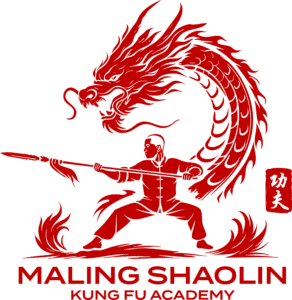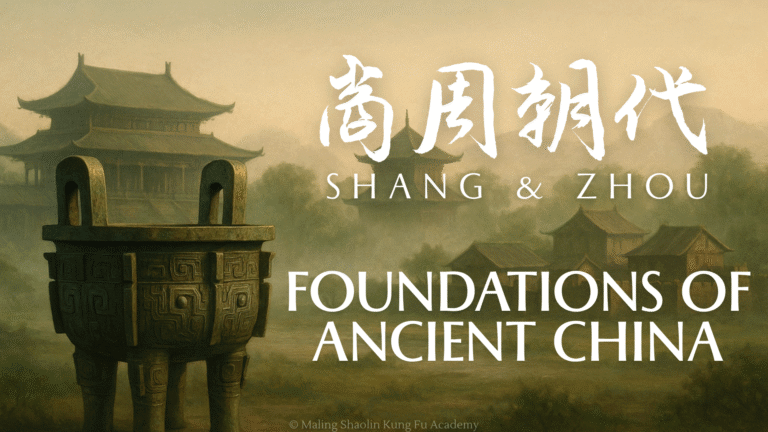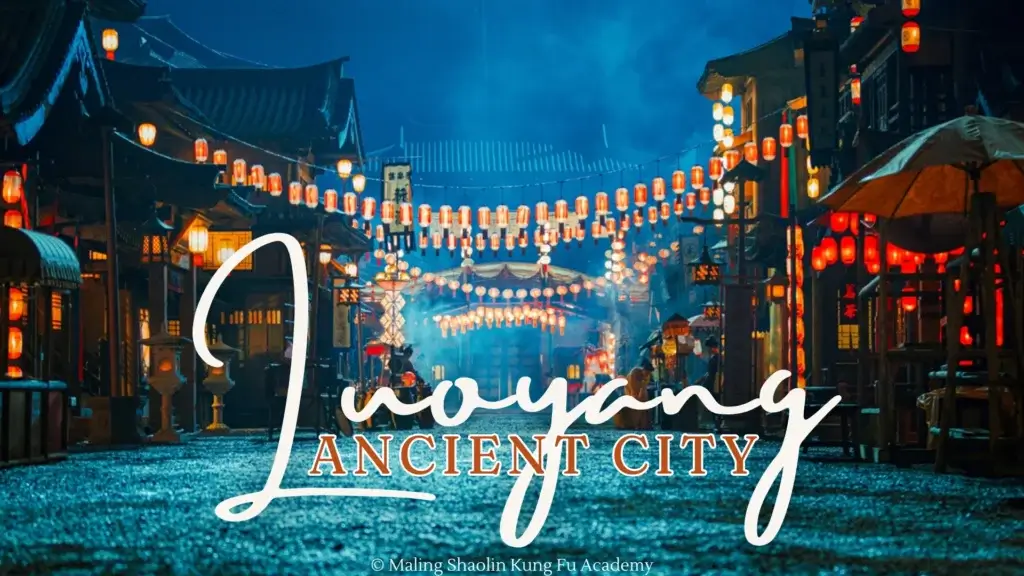
Luoyang, located in the western part of Henan Province, holds a prestigious place in Chinese history as one of the country’s Four Great Ancient Capitals (中国四大古都). Known as the “Cradle of Chinese Civilization,” Luoyang is one of the oldest cities in China, with a history spanning over 4,000 years. It has served as the capital for 13 different dynasties, including the Eastern Zhou, Eastern Han, and Northern Wei, among others. As a vital cultural, political, and economic center, Luoyang is home to numerous historical sites and relics that tell the story of ancient China’s development and the evolution of its culture.
Historical Significance
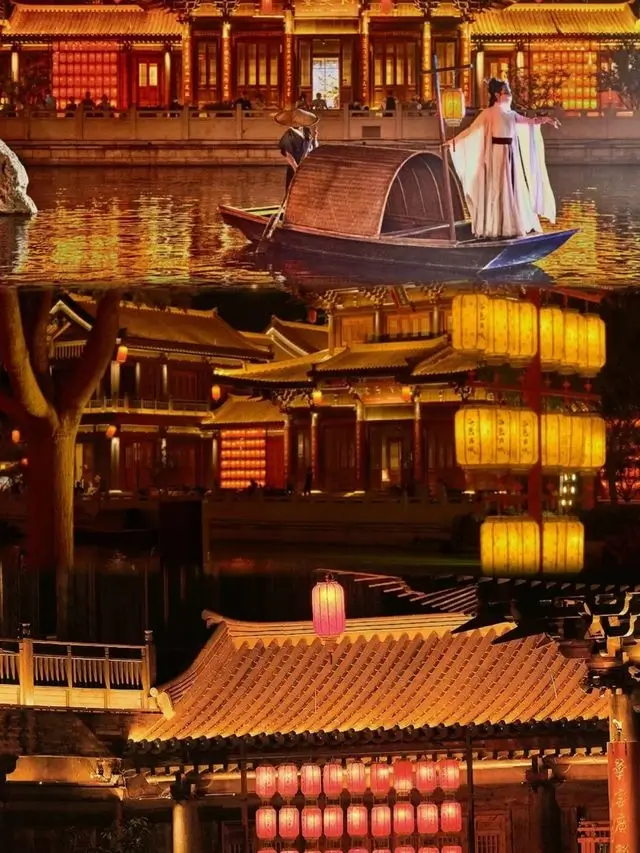
Luoyang’s historical significance is unparalleled. It became the capital city during the Eastern Zhou Dynasty (770-256 BC) and continued to serve as the political heart of the nation during the Han, Wei, Jin, and Tang dynasties. The city’s importance reached its zenith during the Northern Wei Dynasty (386-534 AD) when it became a major center of Buddhism. The Northern Wei rulers initiated the construction of the Longmen Grottoes, a UNESCO World Heritage site, which today stands as a testament to the spread of Buddhism in China.
Luoyang also played a crucial role in the development of Chinese culture. The city was the birthplace of Confucianism’s significant texts, and it was in Luoyang that the first Buddhist scriptures were translated into Chinese, paving the way for the religion’s integration into Chinese society. Additionally, Luoyang was a vital node in the ancient Silk Road, connecting China with the West and facilitating cultural and economic exchanges.
Cultural and Historical Landmarks
- Longmen Grottoes (龙门石窟) The Longmen Grottoes are one of the most important collections of Chinese art, predominantly from the Northern Wei and Tang dynasties. Carved into the cliffs along the Yi River, the grottoes contain over 100,000 Buddha statues, 2,800 inscriptions, and numerous pagodas. The site’s artistic grandeur reflects the zenith of Chinese stone carving and Buddhist art, making it a must-visit location for anyone interested in Chinese history and culture.
- White Horse Temple (白马寺) Known as the first Buddhist temple in China, White Horse Temple was established in 68 AD during the Eastern Han Dynasty. According to legend, Emperor Ming of Han dreamed of a golden man flying into his palace, which led him to send envoys to India to seek Buddhist scriptures. The temple was built to house the scriptures and the monks who brought them to China on white horses, hence its name. The temple remains an active place of worship and a key symbol of the introduction of Buddhism to China.
- Guanlin Temple (关林) Guanlin Temple is dedicated to Guan Yu, a revered general of the Three Kingdoms period. The temple is unique because it is believed to contain the tomb of Guan Yu’s head, with his body buried in Hubei Province. The temple complex is a significant site for those who revere Guan Yu as a symbol of loyalty and righteousness, making it a place of pilgrimage for many.
- Mingtang and Tiantang (明堂和天堂) These two architectural marvels were the ceremonial halls of the Eastern Han Dynasty, used for important state rituals and ceremonies. Though largely reconstructed, the site provides valuable insights into ancient Chinese political life and religious practices.
Luoyang’s Cultural Contributions
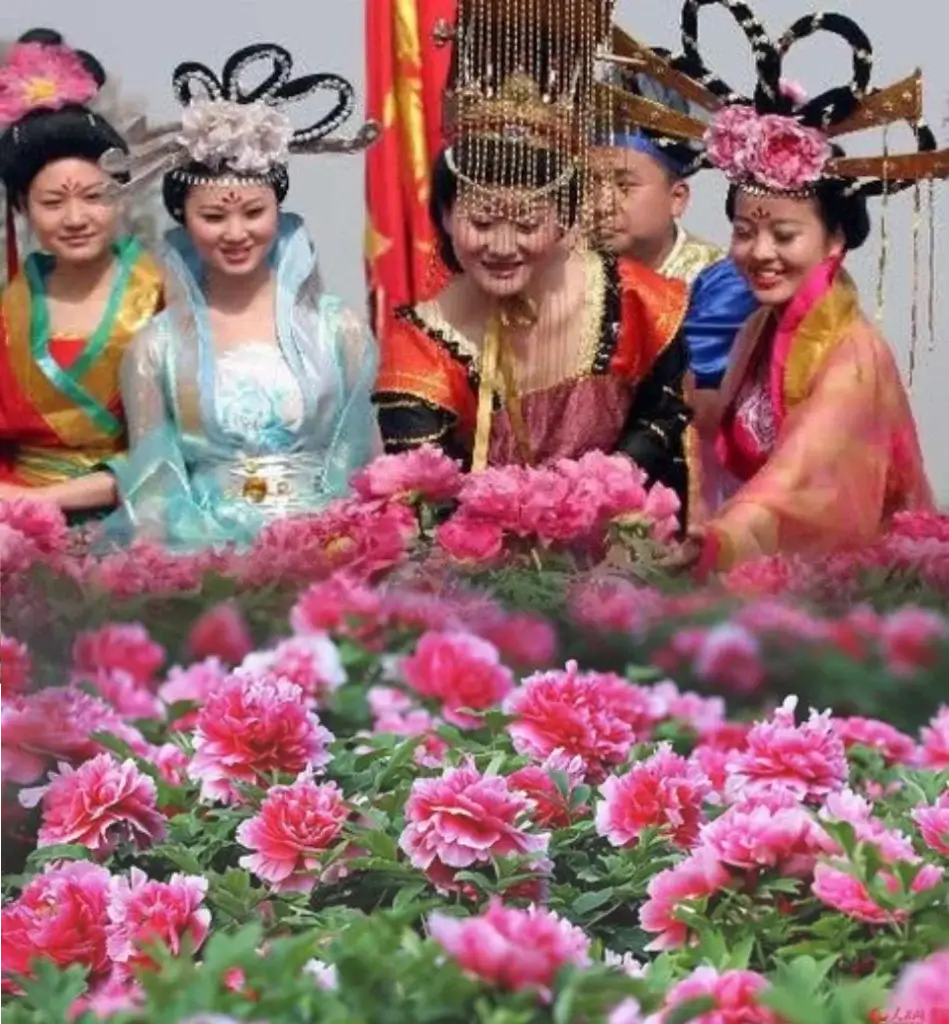
- Literature and Philosophy Luoyang has been a fertile ground for Chinese literature and philosophy. It was home to great scholars like Laozi, the founder of Daoism, and the famous historian Sima Qian. The city also saw the compilation of important Confucian texts and the growth of literary movements that influenced Chinese culture for centuries.
- The Peony Festival Luoyang is also famous for its Peony Festival, celebrated every April. The peony, known as the “king of flowers” in China, is a symbol of prosperity and elegance. The festival attracts millions of visitors who come to admire the stunning blooms, making it a significant cultural event that showcases Luoyang’s rich horticultural heritage.
Contemporary Significance
In modern times, Luoyang has grown into a vibrant city that balances its ancient heritage with contemporary development. The city has become a key center for the machinery and electronics industries in China, contributing to its economic growth. Despite modernization, Luoyang has preserved its historical and cultural sites, making it a living museum of China’s glorious past.
Conclusion
Luoyang’s deep historical roots and cultural richness make it a cornerstone of Chinese civilization. From its role as a capital of ancient dynasties to its contributions to religion, philosophy, and the arts, Luoyang stands as a symbol of China’s enduring legacy. Visitors to Luoyang can walk through thousands of years of history, witnessing firsthand the grandeur and significance of one of China’s greatest ancient capitals.
